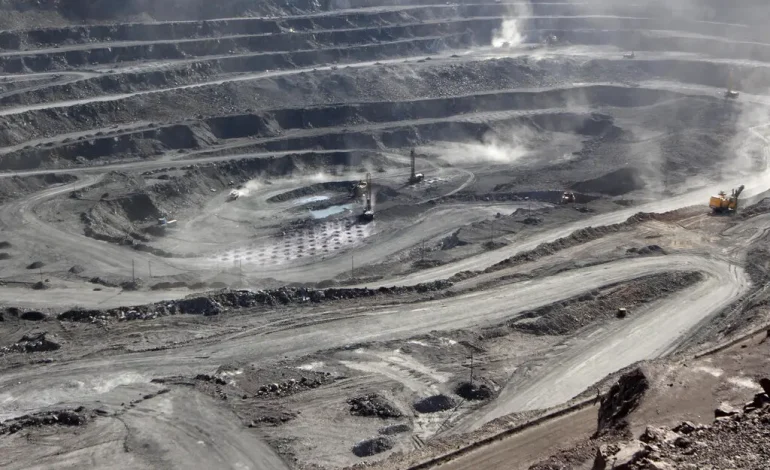A recent move by Beijing to restrict exports of several key rare earth minerals has cast new light on the United States’ broader reliance on China for critical raw materials that underpin technologies vital to defense, energy, and electronics.
The development underscores long-standing concerns over America’s mineral supply chains and their vulnerability amid rising geopolitical tensions.
In response to ongoing trade disputes, China this month imposed new export controls on six rare earths, further tightening access to materials deemed “critical” by the US government. These include terbium, dysprosium, and gadolinium—used in everything from fighter jets to medical imaging equipment—and add to previously restricted exports of gallium, graphite, antimony, and germanium.
While rare earths are a focus, they represent just a fraction of a larger picture. According to the US Geological Survey, the United States depends on China for more than half of its supply of over 50 designated critical minerals. For some, including bismuth (68%), antimony (63%), and arsenic (58%), the dependency is particularly high. Even more abundant materials such as graphite (42%) and tungsten (27%) are still largely imported from China in their refined form.
Much of the challenge stems not just from mining but from refining capacity. Though rare earths occur relatively commonly in the Earth’s crust, the complex and energy-intensive process of separating and purifying them is heavily concentrated in China. Today, China produces approximately 90% of the world’s rare earth magnets, essential components in electric vehicles, wind turbines, and advanced defense systems.
According to the US Department of Defense, an F-35 fighter jet contains about 900 pounds of rare earth materials, while a submarine may require more than 9,000 pounds. Such figures highlight the strategic importance of these minerals and the potential risks posed by supply disruptions.
“China’s recent actions reinforce how essential these materials are—not just for green technologies, but for military and economic security,” said Andrew Foran, an economist at TD Bank. “The urgency to diversify supply chains has never been greater.”
In a direct response to the growing supply gap, President Donald Trump on Tuesday ordered a national security investigation into US critical mineral imports. The probe, conducted under Section 232 of the Trade Expansion Act, could lead to new tariffs aimed at boosting domestic production or incentivizing alternate sources.
Currently, the US has limited infrastructure to process many of these materials. It operates a single rare earth mine in Mountain Pass, California, and has minimal refining capabilities. Although efforts have been made to strike new trade deals with countries such as Canada, Ukraine, and the Democratic Republic of Congo, establishing secure supply chains will take time.
Meanwhile, China has steadily consolidated its position, both by controlling foreign-owned refining facilities and by classifying its extraction and processing techniques as state secrets. Dozens of Chinese universities now offer programs in rare earth mining and engineering, while Chinese state-owned firms have expanded their influence globally.
American companies have attempted to prepare for trade disruptions by stockpiling rare earths, but stock levels vary, and supply chain interruptions remain difficult to predict.
While minerals such as lithium and nickel are mined more widely and are receiving investment domestically and abroad, rare earths are harder to substitute or extract. This leaves sectors ranging from clean energy to aerospace especially exposed.
Industry analysts suggest that, despite recent US efforts, breaking dependence on Chinese mineral processing will require significant investment, new refining capabilities, and broader international cooperation.
“This is not a problem that can be solved overnight,” Foran added. “But it’s clear the US must act decisively to secure its critical mineral future.”
Reuters, the New York Times, and Bloomberg contributed to this report.









The latest news in your social feeds
Subscribe to our social media platforms to stay tuned